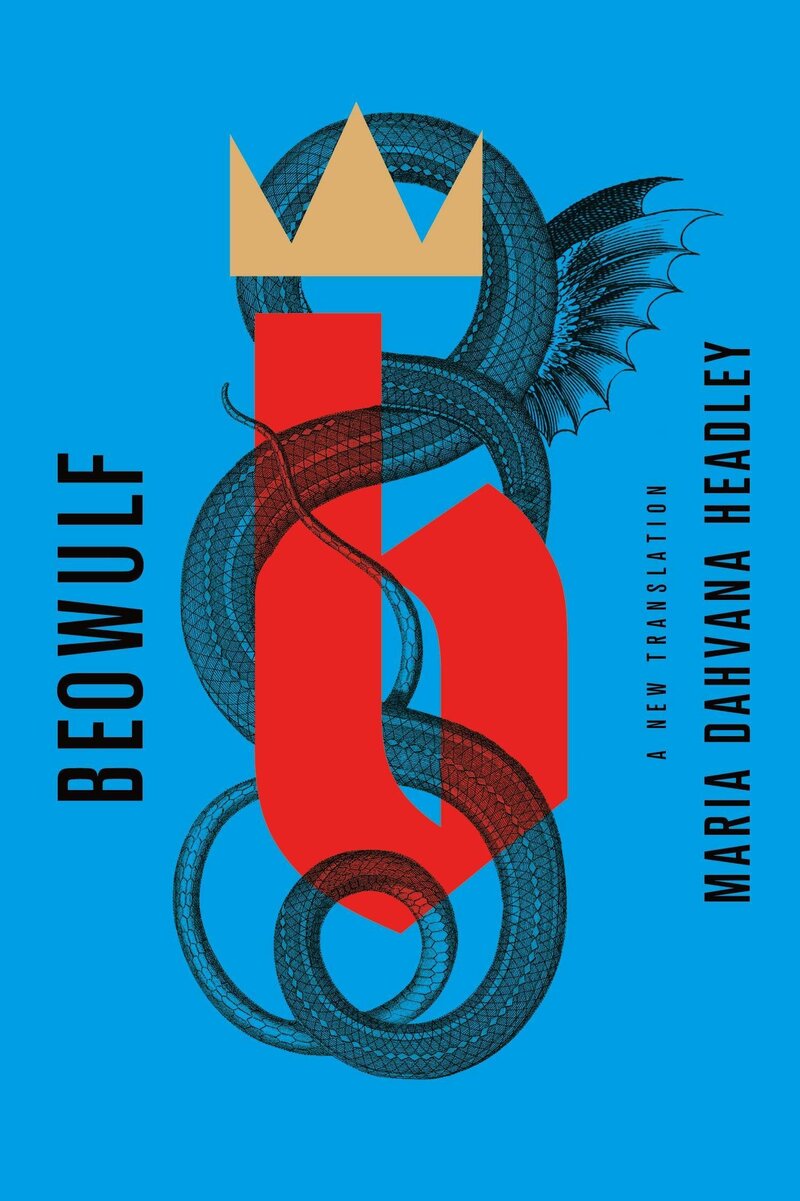You’ve no doubt come across the old story of Beowulf at some point during your life, whether in a movie, referenced in a book, or read a translation . . . or if you’re really hardcore, perhaps you’ve read it in the original Old English. The tale of the mighty Geat who came to Heorot to help Hrothgar defeat the mighty demon from the waters, Grendel. And then later in life, Beowulf comes face to face with a mighty dragon where he meets his end.
The Anglo-Saxon poem was most recently translated by the late award-winning poet, Seamus Heaney, and while not a completely literal translation, it retained the lyrical alliteration of the original text. In Maria Dahvana Headley’s new translation, something completely new and brilliant happens with the poem: it comes to modern life in a way it never has before. Headley uses lots of alliteration and kenning, an Old English way of joining words together to describe something, such as “whale-road” for sea. But Headley also uses contemporary references and expressions to make it a much more accessible text, most notably in the first word of the poem whose definition still remains a mystery: Hwæt now becomes “Bro!”

